Home>Furniture>Outdoor Furniture>When Can I Put Patio Furniture On New Concrete?
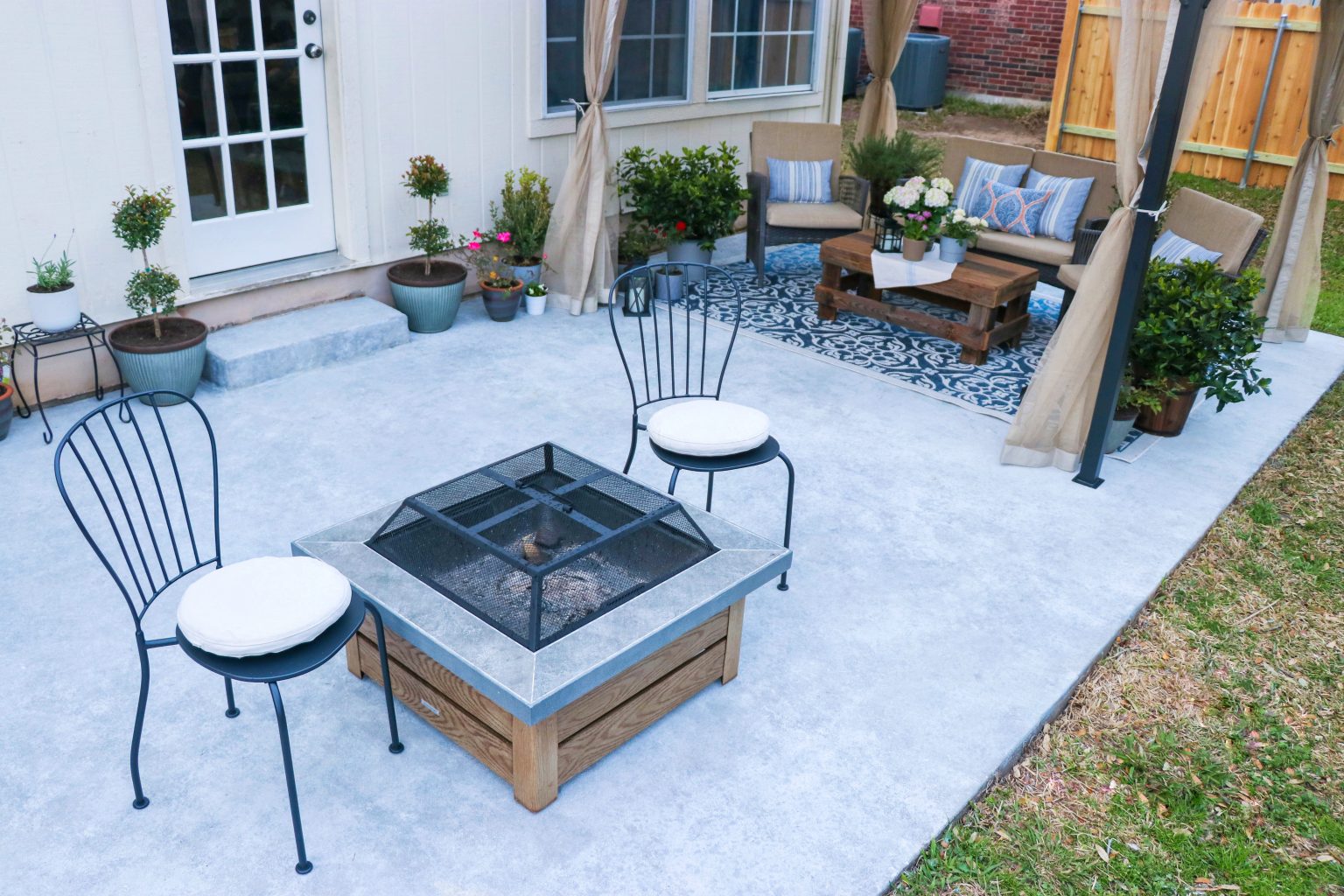

Outdoor Furniture
When Can I Put Patio Furniture On New Concrete?
Modified: May 6, 2024
Find out when it's safe to place outdoor furniture on your newly poured concrete patio. Avoid damage and enjoy your new space with confidence.
(Many of the links in this article redirect to a specific reviewed product. Your purchase of these products through affiliate links helps to generate commission for Storables.com, at no extra cost. Learn more)
Introduction
When you have a brand new concrete patio, you may be eager to start enjoying it with your outdoor furniture. However, it’s important to consider several factors before placing your patio furniture on the newly poured concrete. Taking the necessary precautions will not only protect the integrity of your concrete, but also ensure the longevity and functionality of your furniture. In this article, we will explore the essential guidelines for determining when it is safe to put patio furniture on new concrete.
Before diving into the details, it’s important to understand why waiting is crucial. In its initial state, freshly poured concrete is soft and susceptible to damage from heavy objects, such as furniture. Placing furniture on the concrete too early can lead to imprints, cracks, and other forms of structural damage. Therefore, it’s essential to consider a few key factors before proceeding with furnishing your new patio.
Key Takeaways:
- Wait at least 28 days before placing patio furniture on new concrete to ensure it has fully cured and can support the weight without damage.
- Protect the concrete by using plastic or cardboard layers, furniture pads, and avoiding dragging furniture to prevent scratches and imprints.
Read more: Where Can I Purchase Patio Furniture
Factors to Consider Before Placing Patio Furniture on New Concrete
1. Curing Time: The first and most crucial factor to consider is the curing time of the concrete. Curing is the process by which the concrete gains strength and durability. It usually takes around 28 days for concrete to fully cure. During this period, it is important to avoid placing any heavy objects on the surface to prevent damage. However, keep in mind that curing time can vary depending on the specific type of concrete mix and environmental conditions.
2. Weather Conditions: The weather plays a significant role in the curing process of concrete. Extreme temperatures, high humidity, and excessive moisture can negatively affect the curing time and quality of the concrete. It is advisable to avoid placing furniture on new concrete during hot and dry conditions or when there is a chance of rain. Ideally, wait for a period of mild weather to ensure optimal curing conditions.
3. Concrete Strength: Before placing any furniture, it is important to ensure that the concrete has reached adequate strength. The strength of concrete is measured in terms of its compressive strength, which indicates its ability to withstand pressure. It is recommended to wait until the concrete has reached a minimum compressive strength of 3,000 PSI (pounds per square inch) before placing heavy furniture. This usually takes around 7 days, but it’s advisable to consult a professional or follow the manufacturer’s guidelines for your specific concrete mix.
4. Surface Protection: To safeguard both the concrete and your furniture, it is recommended to use protective measures. Placing a layer of plastic or cardboard between the furniture and the concrete can help prevent any potential imprints or scratches during the curing process. Additionally, using furniture pads or sliders can further protect the concrete surface and make it easier to move the furniture when needed.
By taking these factors into consideration, you can ensure that your new concrete patio is ready to accommodate your outdoor furniture without any risk of damage. Treating your freshly poured concrete with care will not only protect your investment but also provide a strong and durable foundation for years of enjoyable outdoor living.
Curing Time for New Concrete
Proper curing is an essential step in the concrete installation process. It allows the concrete to develop its full strength and durability. While the initial setting of concrete can occur within a few hours, it takes much longer for the material to reach its maximum strength. The curing time for new concrete can vary based on several factors, such as the type of concrete mix, weather conditions, and the thickness of the slab.
In general, it is recommended to allow new concrete to cure for a minimum of 28 days. During this time, the concrete undergoes a chemical reaction known as hydration, where water and cement particles combine to form a solid structure. This process leads to the gradual hardening and strengthening of the concrete.
However, it’s important to note that the curing time can be affected by factors such as temperature, humidity levels, and air circulation. Higher temperatures and low humidity levels can accelerate the curing process, while cooler temperatures and high humidity can slow it down. It’s crucial to consider the local climate and weather forecast when determining the ideal curing time for your new concrete.
While waiting for the concrete to fully cure, it’s vital to avoid placing any heavy objects, including patio furniture, on the surface. The weight of the furniture can create stress on the developing concrete, potentially leading to cracks or indentations. Patience is key during the curing process to ensure a strong and long-lasting foundation for your patio furniture.
Once the initial curing period is complete, it’s still a good idea to handle your furniture with caution. While the concrete may have developed sufficient strength to support the weight of the furniture, it takes time for the concrete to reach its maximum durability. It’s advisable to continue using furniture pads or sliders to prevent any potential scratching or marking of the concrete surface.
Remember, rushing the curing process can result in compromised concrete quality and decreased durability. Patience and adherence to proper curing guidelines will ensure that your new concrete is ready to withstand the weight and use of your patio furniture, providing you with a reliable and long-lasting outdoor living space.
Weather Conditions and Their Impact on New Concrete
Weather conditions have a significant impact on the curing and overall quality of newly poured concrete. It’s important to consider the local climate and weather forecast when determining the optimal time to place patio furniture on new concrete.
Extreme temperatures can have both positive and negative effects on the curing process. In hot and dry weather, the moisture in the concrete can evaporate too quickly, leading to an uneven cure and potential cracking. On the other hand, extremely cold temperatures can slow down the curing process, prolonging the time it takes for the concrete to reach its full strength. It’s best to avoid placing furniture on new concrete during periods of extreme temperature fluctuations.
High humidity levels can also impact the curing of concrete. Excessive moisture in the air can hinder proper evaporation and drying of the concrete. This can result in a longer curing time and a weaker final product. It’s advisable to wait for a period of lower humidity before placing furniture on the newly poured concrete to ensure optimal curing conditions.
Additionally, rain can have a detrimental effect on the curing process. Water can penetrate the surface of the concrete, diluting the cement mixture and weakening the overall structure. It’s crucial to protect the concrete from rain during the initial curing period. If rain is forecasted, cover the concrete with a waterproof tarp or shelter until it has reached sufficient strength.
Wind can also impact the curing process by increasing the rate of moisture evaporation from the surface of the concrete. This can result in rapid drying and potential cracking. To mitigate the effects of wind, consider using windbreaks or barriers to create a more controlled environment for the curing concrete.
It’s worth mentioning that different types of concrete mixes may have specific requirements in terms of ideal weather conditions for curing. It’s recommended to consult the manufacturer or a professional concrete contractor to determine the best practices for your specific project.
By paying attention to the weather conditions and their impact on new concrete, you can ensure optimal curing conditions and preserve the integrity and durability of your patio furniture. Patience and proper weather monitoring will help you create a long-lasting outdoor space that can withstand the elements and provide years of enjoyment.
Wait at least 7 days before putting patio furniture on new concrete to allow it to fully cure and harden. This will prevent any damage or indentations to the surface.
Checking Concrete for Adequate Strength
Before placing patio furniture on new concrete, it’s essential to ensure that the concrete has reached adequate strength to support the weight and use of the furniture. Checking the strength of the concrete can be done through various methods, including visual inspection, conducting a concrete cylinder test, or consulting a professional.
One of the simplest ways to gauge the concrete’s strength is through visual examination. Look for signs of cracking, crumbling, or indentation on the surface of the concrete. If there are visible signs of damage, it’s likely that the concrete is not yet strong enough to withstand the weight of patio furniture.
If visual inspection is inconclusive or if you prefer a more accurate assessment, you can conduct a concrete cylinder test. This involves taking samples of the concrete and subjecting them to a compression test. This test measures the concrete’s ability to withstand pressure and provides a numerical value known as the compressive strength. A testing laboratory or a professional concrete contractor can perform this test and provide you with the necessary information to determine if the concrete is ready for furniture placement.
Alternatively, seeking the advice of a professional concrete contractor or engineer can provide valuable insights into the strength of the concrete. These experts have the knowledge and experience to assess the condition of the concrete and determine its suitability for patio furniture placement. They can also offer guidance on the specific requirements and timelines for your particular concrete mix.
It’s important to note that the minimum recommended compressive strength for concrete before placing heavy furniture is typically around 3,000 pounds per square inch (PSI). However, different projects and applications may have specific strength requirements, so it’s crucial to consult the appropriate guidelines for your situation.
By checking the concrete for adequate strength, you can ensure the safety and longevity of your patio furniture. Placing furniture on concrete that has not reached its required strength can lead to cracks, structural damage, and an early deterioration of the concrete. Taking the time to verify the strength of the concrete will help you create a solid foundation for your outdoor living space.
Read more: Where Can I Buy Patio Furniture Covers
Protecting the Concrete Surface
When placing patio furniture on new concrete, it’s crucial to take measures to protect the surface of the concrete. By applying proper protection, you can prevent scratches, imprints, and other forms of damage that may occur during the process of moving and using the furniture. Here are some effective ways to protect the concrete surface:
- Add a Protective Layer: Placing a layer of plastic sheeting or cardboard between the furniture and the concrete can provide a buffer and prevent direct contact. This layer acts as a protective barrier, minimizing the chances of imprints or scratches on the concrete surface. Make sure the protective material is secure and evenly spread to avoid any uneven pressure points.
- Use Furniture Pads or Sliders: Attach furniture pads, also known as felt pads or glides, to the legs or base of your outdoor furniture. These pads act as cushions and help distribute the weight evenly, reducing the chances of indentations on the concrete. Sliders can also be used to easily slide furniture across the surface without causing any damage.
- Avoid Dragging or Sliding: When moving or repositioning the furniture, avoid dragging or sliding it on the concrete surface. These actions can cause abrasion and scratches. Instead, lift the furniture and place it gently in the desired location.
- Regularly Clean the Surface: Keeping the concrete surface clean and free from debris can prevent any potential scratches or markings that may occur from small particles being trapped under the furniture. Regularly sweep or hose off the surface to remove any dirt, leaves, or other objects.
- Consider Using a Sealer: Applying a concrete sealer can provide an additional layer of protection to the surface. Sealers help to repel stains, moisture, and other contaminants, making it easier to clean and maintain the concrete. Follow the manufacturer’s instructions for application and reapplication of the sealer.
By implementing these protective measures, you can safeguard both your patio furniture and the concrete surface. These steps will help preserve the visual appeal and structural integrity of the concrete, ensuring that it remains in excellent condition for years to come.
Preparing the Patio Furniture for Placement
Before placing your patio furniture on new concrete, it’s important to take some preparatory steps to ensure a smooth and damage-free process. By properly preparing the furniture, you can minimize the risk of causing scratches, imprints, or other forms of damage to the concrete surface. Here are some tips for preparing your patio furniture for placement:
- Clean the Furniture: Make sure your outdoor furniture is clean and free from any dirt, dust, or debris. Scrub or wipe down the furniture surfaces to remove any stains or residue that may transfer to the concrete.
- Check for Sharp Edges: Inspect the furniture for any sharp edges or protruding hardware that can potentially scratch or damage the concrete. File down or cover any sharp edges with protective caps or tape to prevent accidents and protect the concrete surface.
- Apply Furniture Protectors: Consider using adhesive furniture protectors, such as rubber or silicone pads, on the bottom of the furniture legs or base. These protectors act as cushions and prevent direct contact between the furniture and the concrete, reducing the risk of scratches or imprints.
- Disassemble and Reassemble if Needed: If your furniture is large or has detachable components, consider disassembling it before placing it on the concrete. This can make it easier to maneuver and reduce the risk of accidentally scratching or damaging the furniture or the concrete during the placement process.
- Use Lifting Straps or Helpers: For heavier pieces of furniture, it’s a good idea to use lifting straps or enlist the help of others to safely move and place the furniture. This avoids unnecessary strain on yourself and reduces the risk of dropping or damaging the furniture or the concrete.
- Arrange Furniture with Care: When arranging the furniture on the concrete, be mindful of weight distribution and balance. Avoid placing all the heavy pieces in one area, as this can create excessive pressure on the concrete surface. Distribute the weight evenly to minimize the risk of potential damage.
By following these preparation steps, you can ensure that your patio furniture is ready for placement on the new concrete surface. Taking the time to properly prepare the furniture will help protect both the furniture itself and the integrity of the concrete, ensuring a long-lasting and enjoyable outdoor living space.
Conclusion
Placing patio furniture on new concrete requires careful consideration and adherence to certain guidelines. By taking the necessary precautions, you can protect both the integrity of the concrete and the longevity of your furniture. Here are some key points to remember:
First, be mindful of the curing time for newly poured concrete. Waiting for the recommended 28-day period allows the concrete to gain strength and durability, ensuring it can support the weight of the furniture without damage.
Next, consider the impact of weather conditions on the curing process. Extreme temperatures, high humidity, rain, and wind can all affect the quality of the concrete. It’s best to avoid placing furniture on new concrete during unfavorable weather conditions to ensure optimal curing.
Checking the concrete for adequate strength is essential. Visual inspections, concrete cylinder tests, or consulting professionals can help determine if the concrete is ready for furniture placement. Waiting for the concrete to reach a minimum compressive strength of 3,000 PSI ensures its ability to handle heavy furniture.
Protecting the concrete surface is crucial to prevent scratches and imprints. Adding a protective layer, using furniture pads or sliders, and avoiding dragging or sliding furniture can help maintain the integrity of the concrete surface.
Lastly, prepare your patio furniture for placement by cleaning it, checking for sharp edges, applying furniture protectors, and considering disassembly if needed. Lifting straps or helpers can ensure safe and careful placement of heavier furniture pieces.
In conclusion, taking the time to properly evaluate the curing time, consider weather conditions, check concrete strength, protect the surface, and prepare the furniture will help you create a beautiful and functional outdoor space. By following these guidelines, you can ensure the longevity and enjoyment of your patio furniture on your new concrete patio for years to come.
Now that you're set up with your new concrete patio, why not explore other ways to enhance its appeal? Whether you're considering different styles or maintenance tips, our article on enhancing your concrete patio offers valuable insights. Additionally, if rearranging the living room is on your mind, master the art of optimal furniture placement with our practical guide. And for those who love to add personal touches outdoors, don't miss our collection of easy DIY outdoor projects that can significantly boost your home's curb appeal.
Frequently Asked Questions about When Can I Put Patio Furniture On New Concrete?
Was this page helpful?
At Storables.com, we guarantee accurate and reliable information. Our content, validated by Expert Board Contributors, is crafted following stringent Editorial Policies. We're committed to providing you with well-researched, expert-backed insights for all your informational needs.

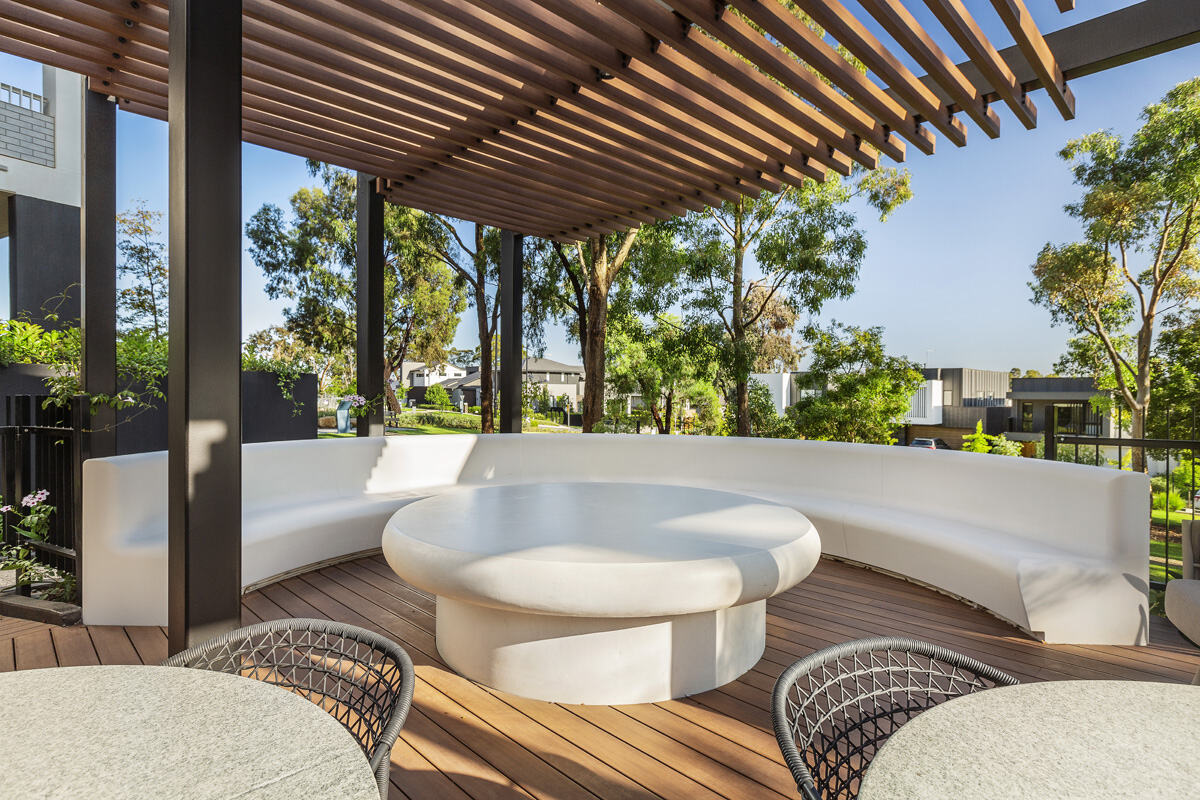
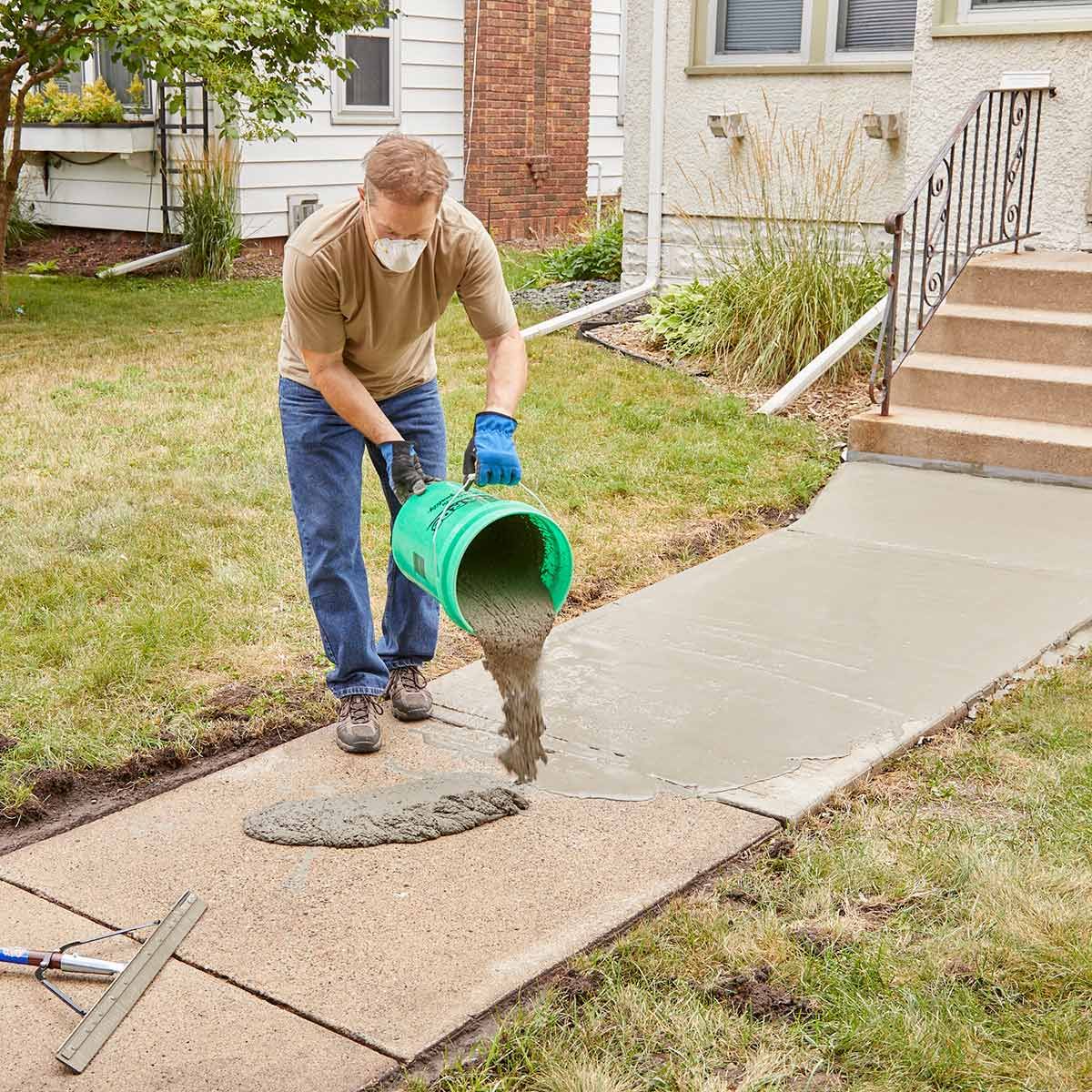
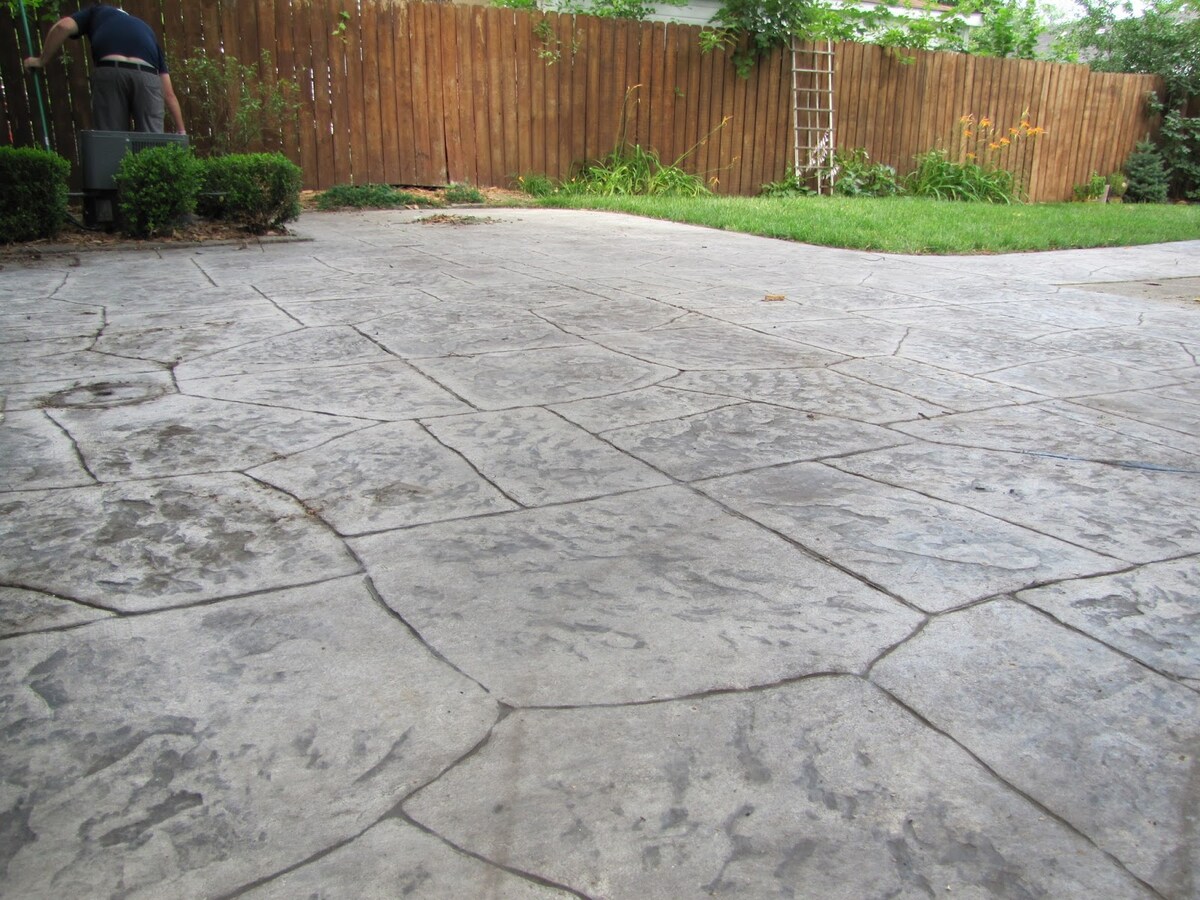

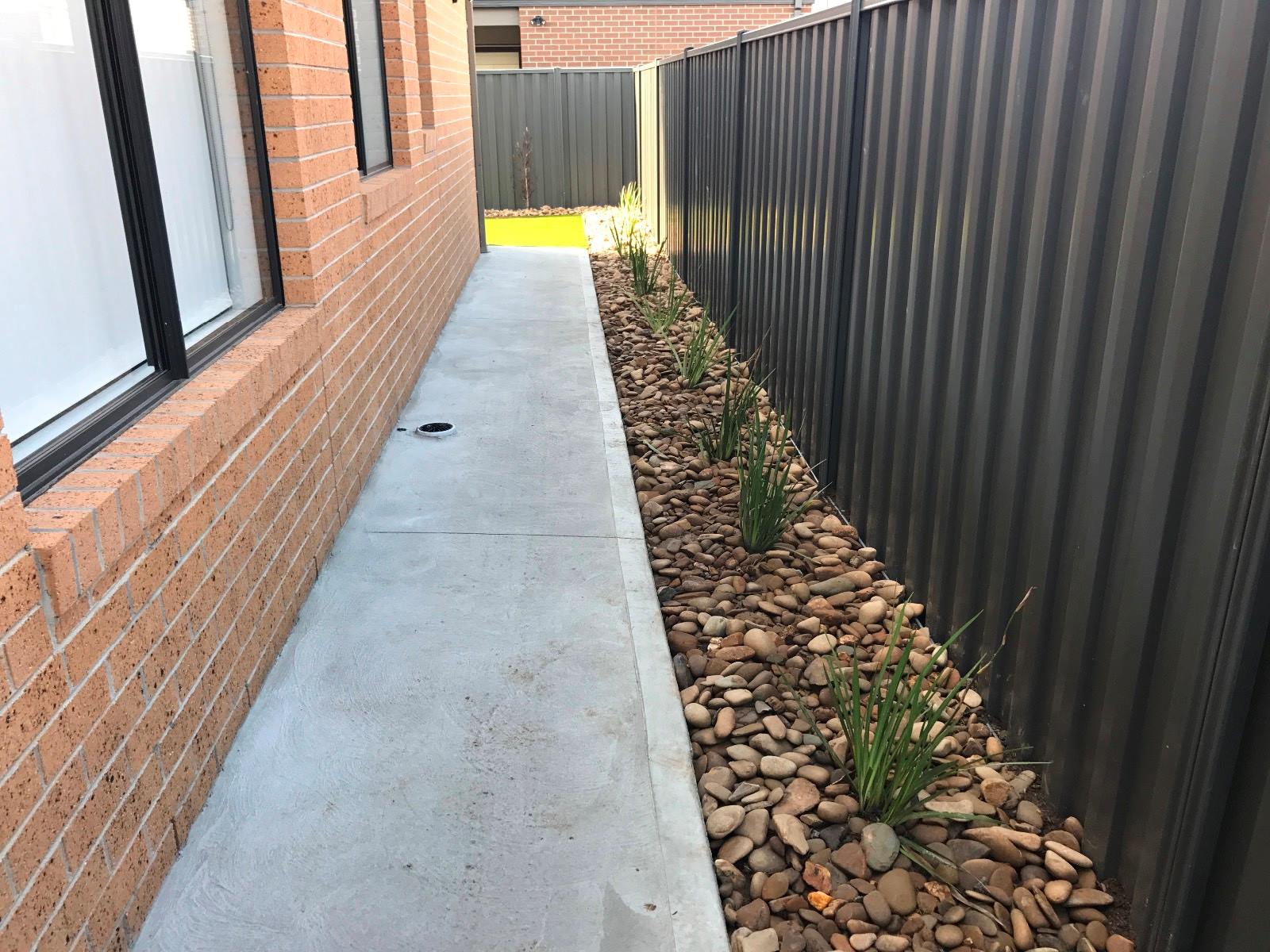
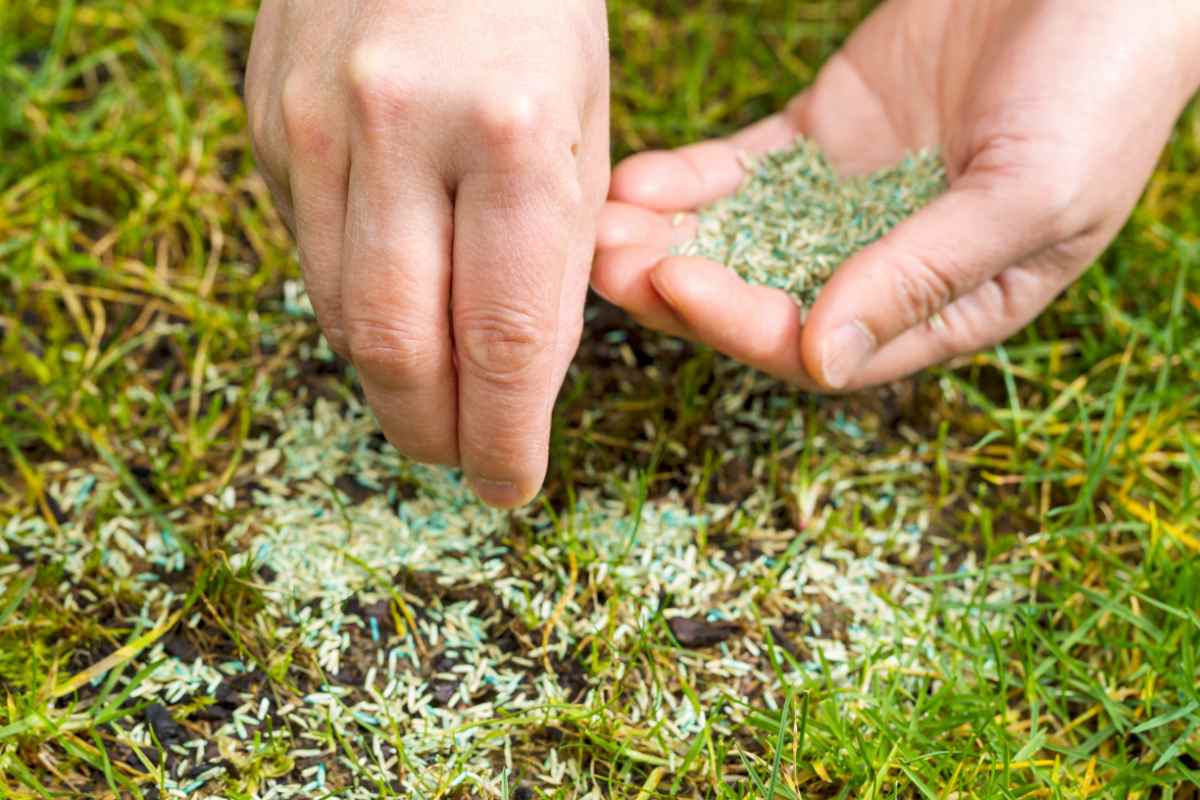

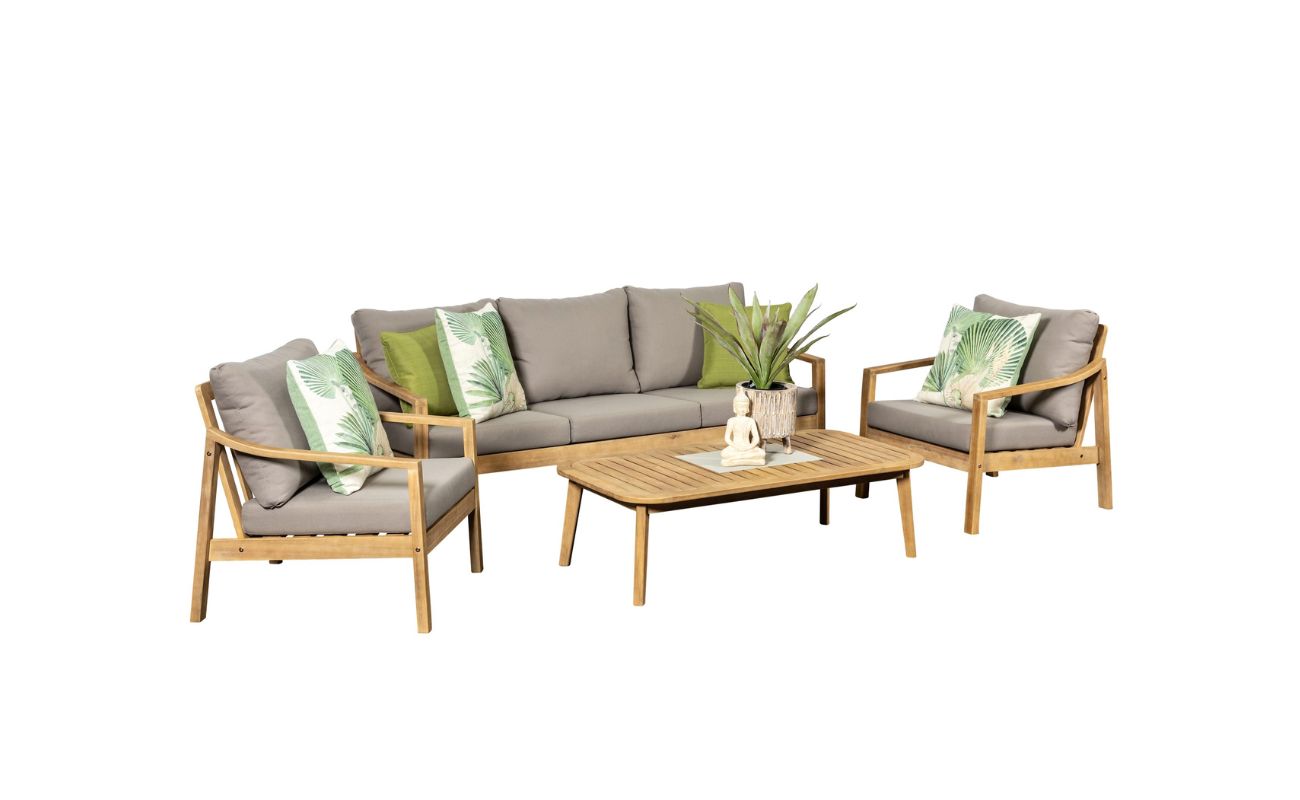

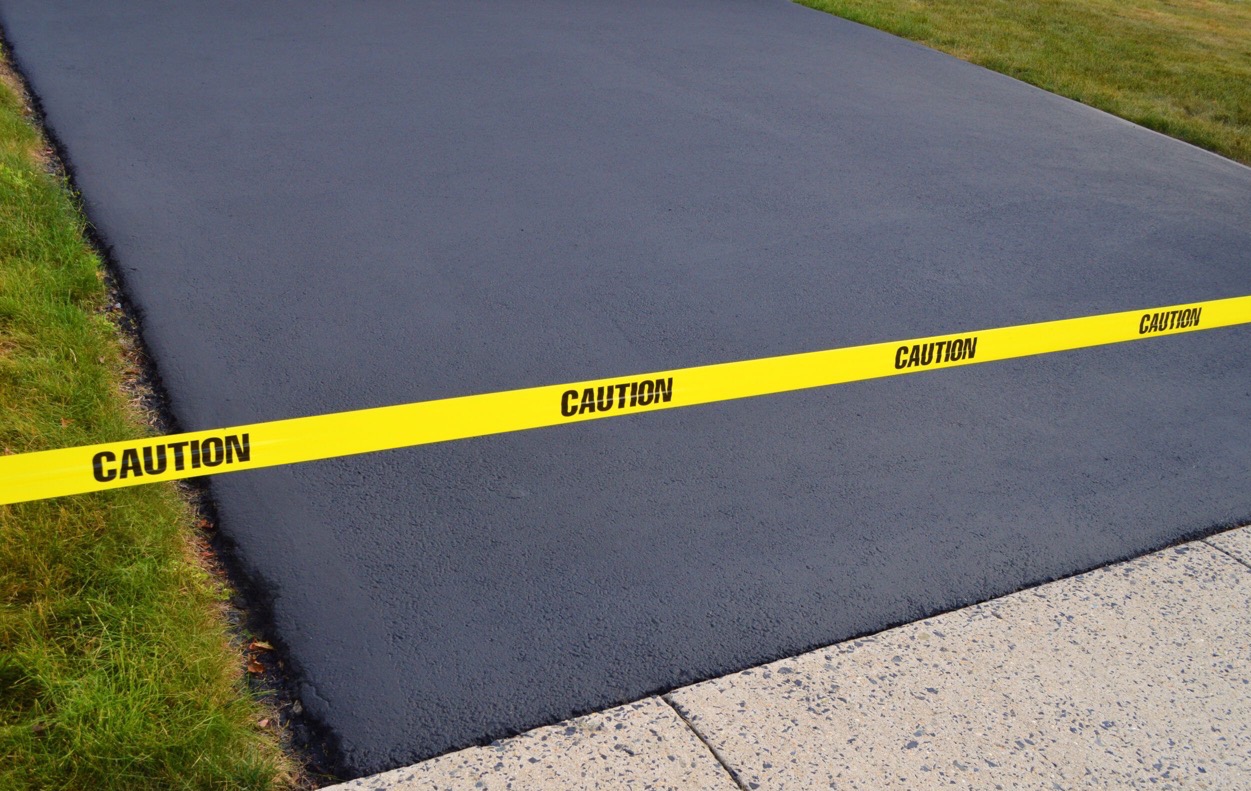
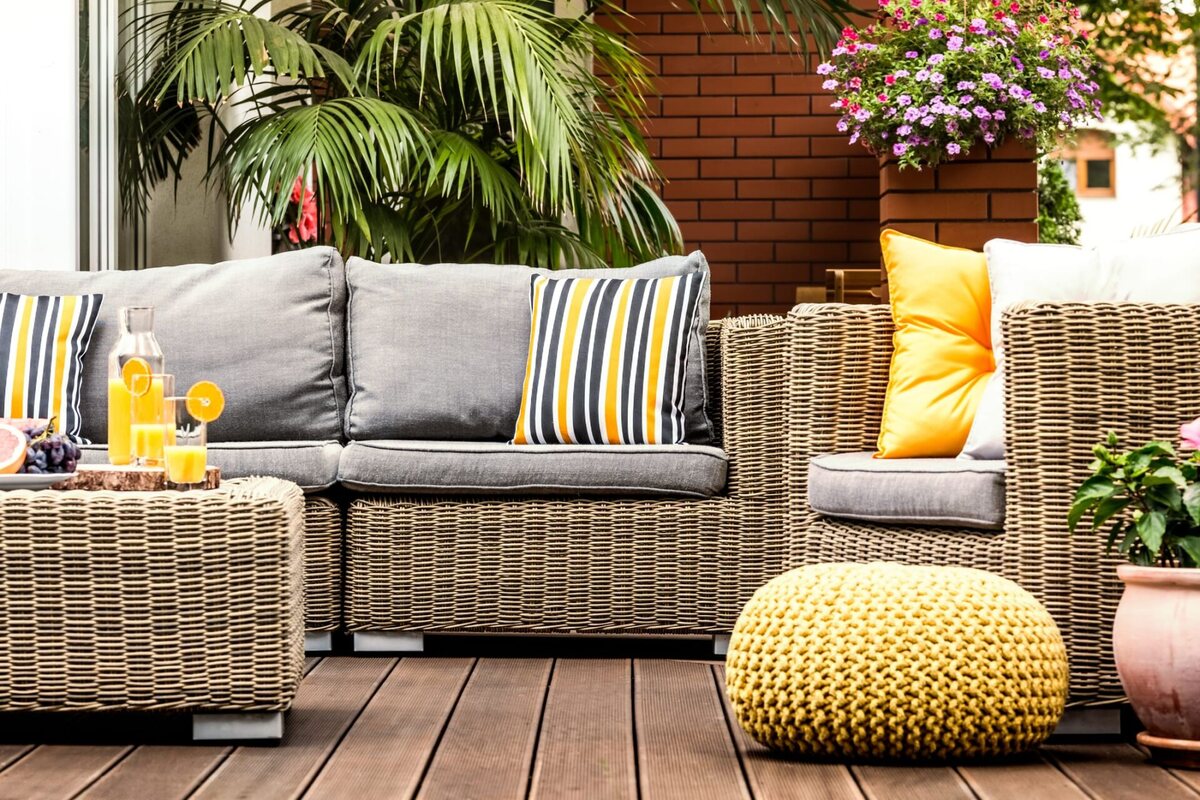

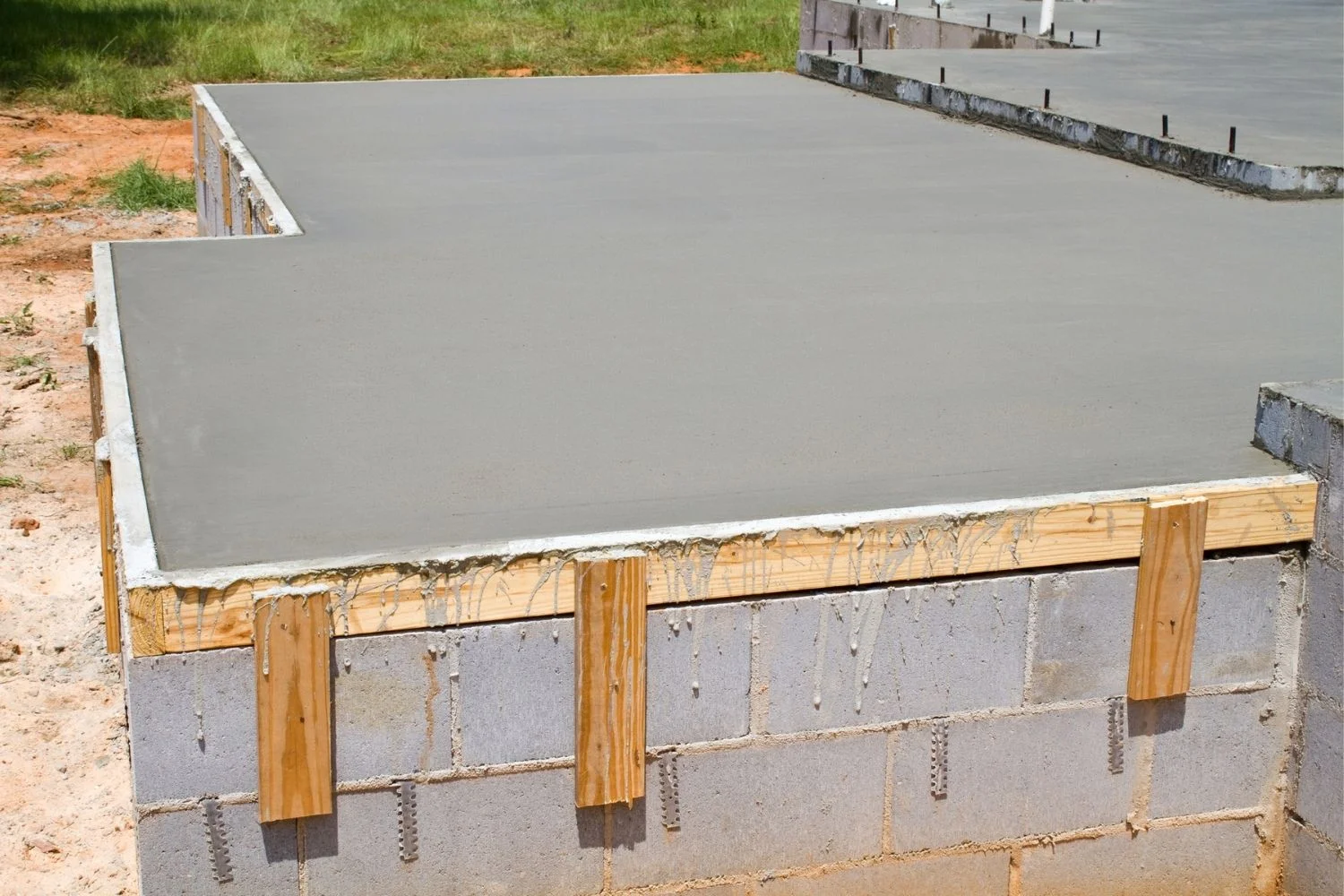

0 thoughts on “When Can I Put Patio Furniture On New Concrete?”